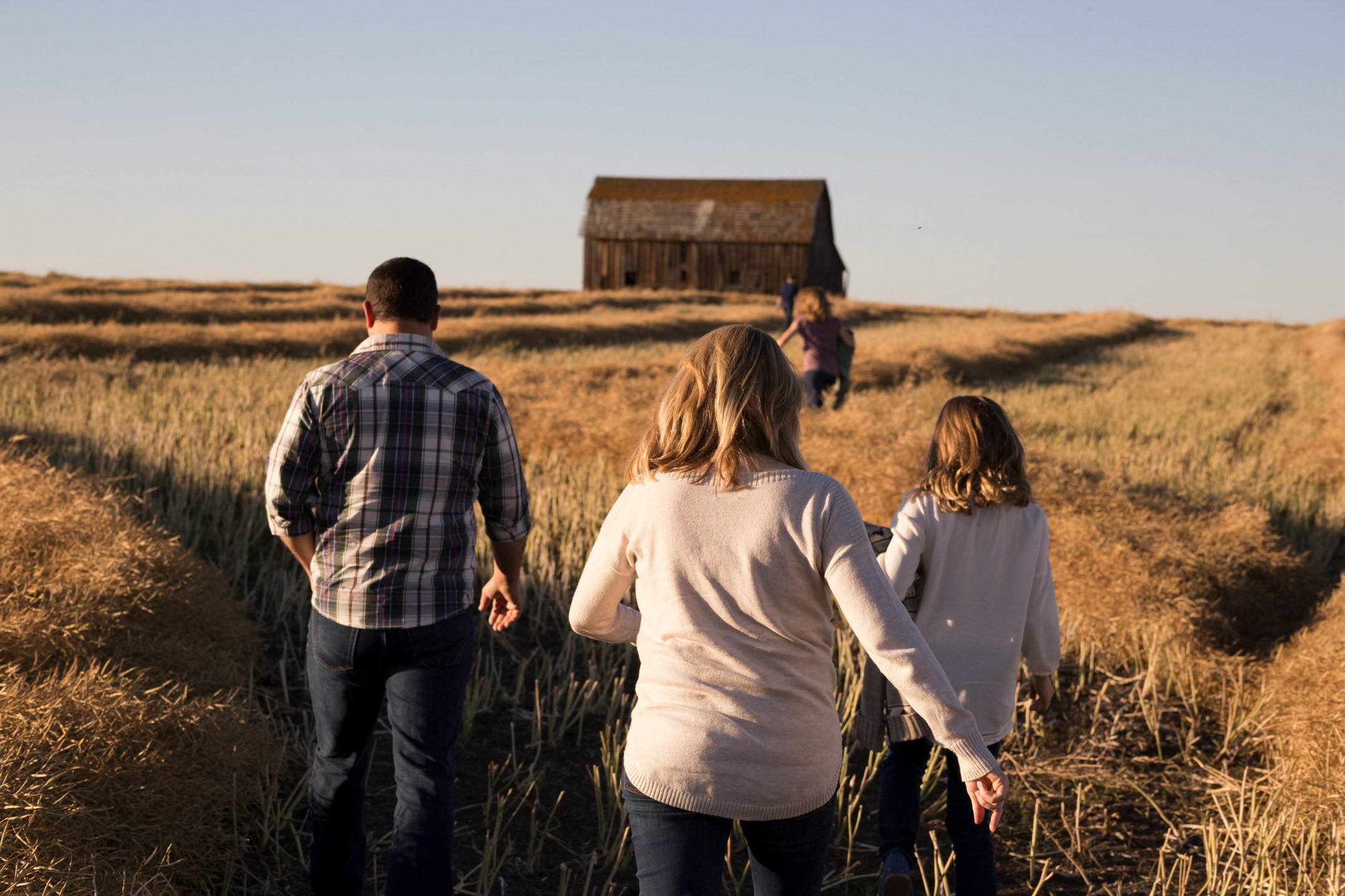
Simple Methods To Turn Sustainable Living Into A Family Affair
Making small, eco-friendly changes at home sparks new enthusiasm in daily life. Families who adopt simple, sustainable habits together often discover that these choices bring them closer and encourage shared learning. Introducing easy adjustments, such as reusing items or reducing waste, allows everyone to play a part in caring for the environment. These actions don’t require special equipment or drastic changes, and over time, they can become second nature. With each positive step, households not only support a cleaner planet but also create stronger connections through shared purpose and teamwork, making sustainability an enjoyable part of everyday routines.
Engaging every family member makes eco-friendly living rewarding and fun. Kids love hands-on projects, teens enjoy challenges, and adults benefit from streamlined routines that save money and time. With an upbeat approach, you’ll turn chores into shared goals and inspire everyone to take pride in their environmental impact.
How to Set Shared Sustainability Goals
- Identify areas to improve. Gather around the kitchen table and list topics like energy use, waste reduction, or water conservation. Let each person pick one focus so everyone feels invested.
- Set targets together. Agree on reachable milestones, such as reducing trash by 25% in a month or trimming electricity usage by switching off lights consistently.
- Develop a tracking system. Create a chart on the fridge or use a simple app to log progress. Check in weekly to celebrate successes and adjust plans as needed.
- Assign roles. Rotate responsibilities—one week someone handles recycling, another manages compost, and a third tracks bills. Role variety keeps tasks interesting.
- Reward achievements. Plan a low-waste family outing or DIY treat when goals are met. Positive reinforcement keeps motivation high and encourages new challenges.
Having clear targets turns the household into a cooperative team, with each person contributing in a real way. You’ll notice how friendly competition sparks creativity—who can cut energy use the most or find the coolest upcycled craft?
Adopting Eco-Friendly Habits at Home
- Switch to LED bulbs. They save up to 80% more energy compared with incandescent lights and last for years—plus, they come in fun shapes and colors to brighten rooms.
- Seal windows and doors. Use weatherstripping to keep heat inside during winter and cool air in during summer. It balances indoor climate and trims utility bills.
- Install faucet aerators. These simple attachments reduce water flow while maintaining pressure. Your family won’t notice the difference in the shower or sink, but your water bills will be smaller.
- Embrace cold washes. Running laundry at lower temperatures preserves fabric, saves energy, and still handles everyday dirt. Sort clothes by color and fabric type for best results.
Small shifts in home routines add up to impressive savings over time. When each family member spots opportunities—like shutting off the bathroom fan after a quick rinse—you’ll feel the collective impact.
Kids especially enjoy DIY energy audits. Hand them a notepad and flashlight to hunt for drafty spots or devices that stay on constantly. Turning chores into a detective game keeps everyone engaged.
Planning Sustainable Shopping and Meals
Choosing meals based on seasonal produce helps the environment and reduces grocery expenses. Seasonal fruits and vegetables travel shorter distances, which cuts transport emissions and often tastes fresher. Pick recipes that highlight local harvests and rotate dishes to keep menus exciting.
Buying grains, nuts, and legumes in bulk reduces packaging waste. Bring reusable cloth bags and jars to stock up on staples. If you buy larger quantities, you’ll spend less per ounce and avoid single-use plastics.
Invite the kids to build a weekly menu board. They can pick one green recipe—like veggie tacos or a grain bowl—then hunt for ingredients at a farmers’ market or co-op. Turning meal prep into a planning session creates ownership and encourages food exploration.
Family Activities That Promote Green Living
Turn yard time into an educational project by starting a small garden bed or container garden. Plant herbs, cherry tomatoes, or salad greens. Younger kids love digging in the soil and seeing plants grow, while teens can experiment with companion planting or pollinator-friendly flowers.
Host a neighborhood swap meet. Gather clothes, books, and toys that your family no longer needs, and invite neighbors to trade items. This event reduces waste, fosters community bonds, and gives belongings a second life.
Plan a monthly nature outing. Whether it’s a weekend hike, beach cleanup, or birdwatching walk, exploring green spaces deepens respect for the environment. Assign each person a role—navigator, snack supplier, or photographer—to spark teamwork and create lasting memories.
Facing Common Challenges as a Family
Busy schedules can cause good intentions to falter. Tackle this by linking green tasks with routines already in place. For example, remind everyone to grab reusable bags as they leave, or set a timer for a five-minute nightly energy check before bedtime.
When budgets feel tight, highlight low-cost or free options: upcycled crafts, community gardens, or library book exchanges. These ideas show that greener living doesn’t need expensive gadgets—creativity and teamwork lead to success.
Incorporate sustainable practices into daily routines to build shared pride and strengthen family bonds. Celebrate progress and work through challenges together to create a greener, more connected household.